Photographing street art can feel like taking pictures of walls – and result in flat, uninteresting photos. How do you create more dramatic and appealing photos? No fancy gear required. It’s all about a few simple techniques.
Broaden your perspective
What’s interesting about the environment? Are there any elements – windows, pipes, cars, or neighboring buildings, say – that interact with the art or place in context? Include them in the frame.
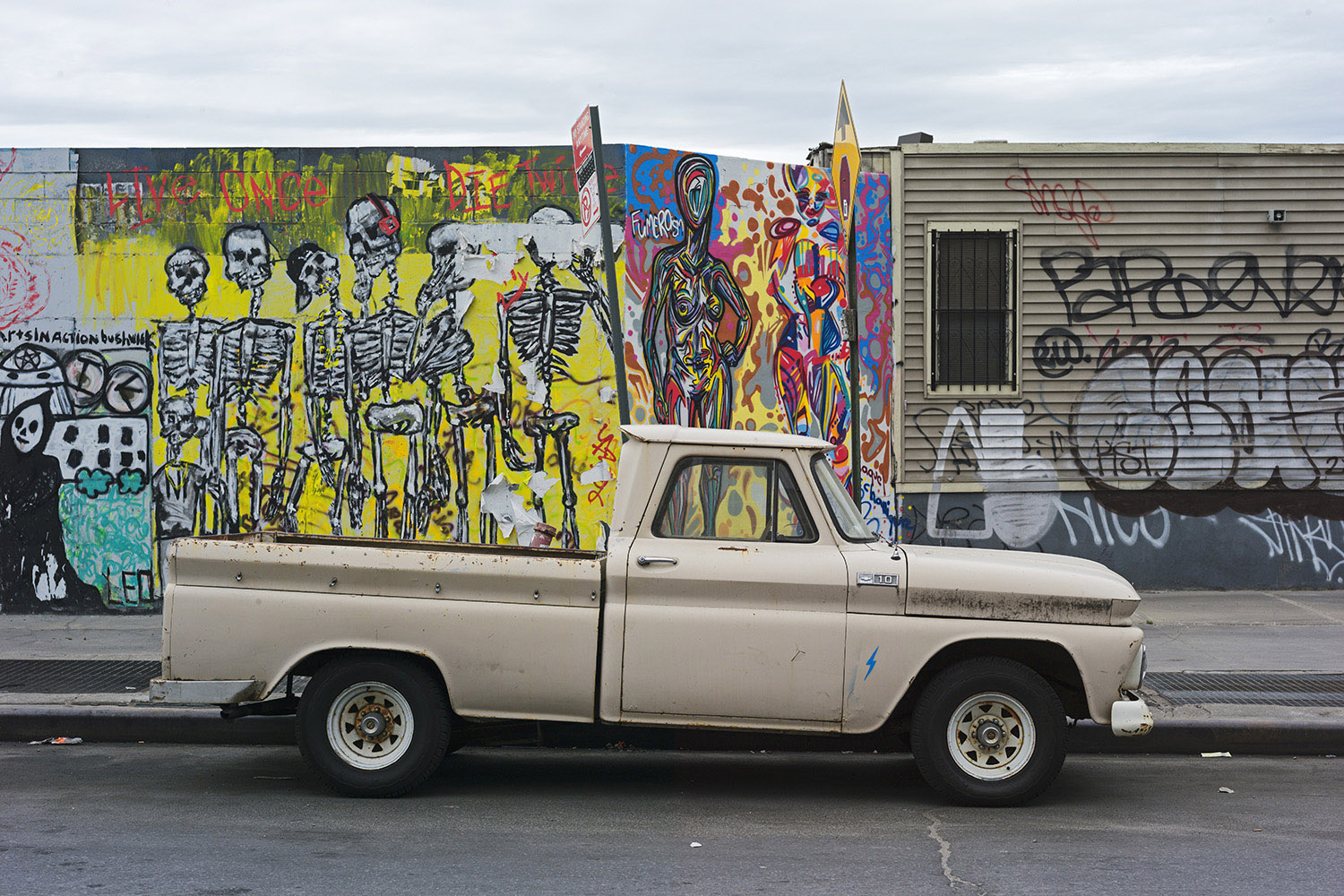 |
| Unknown Artist, Bushwick, Brooklyn, May 2016 The skeletons appear to be standing in the truckbed. |
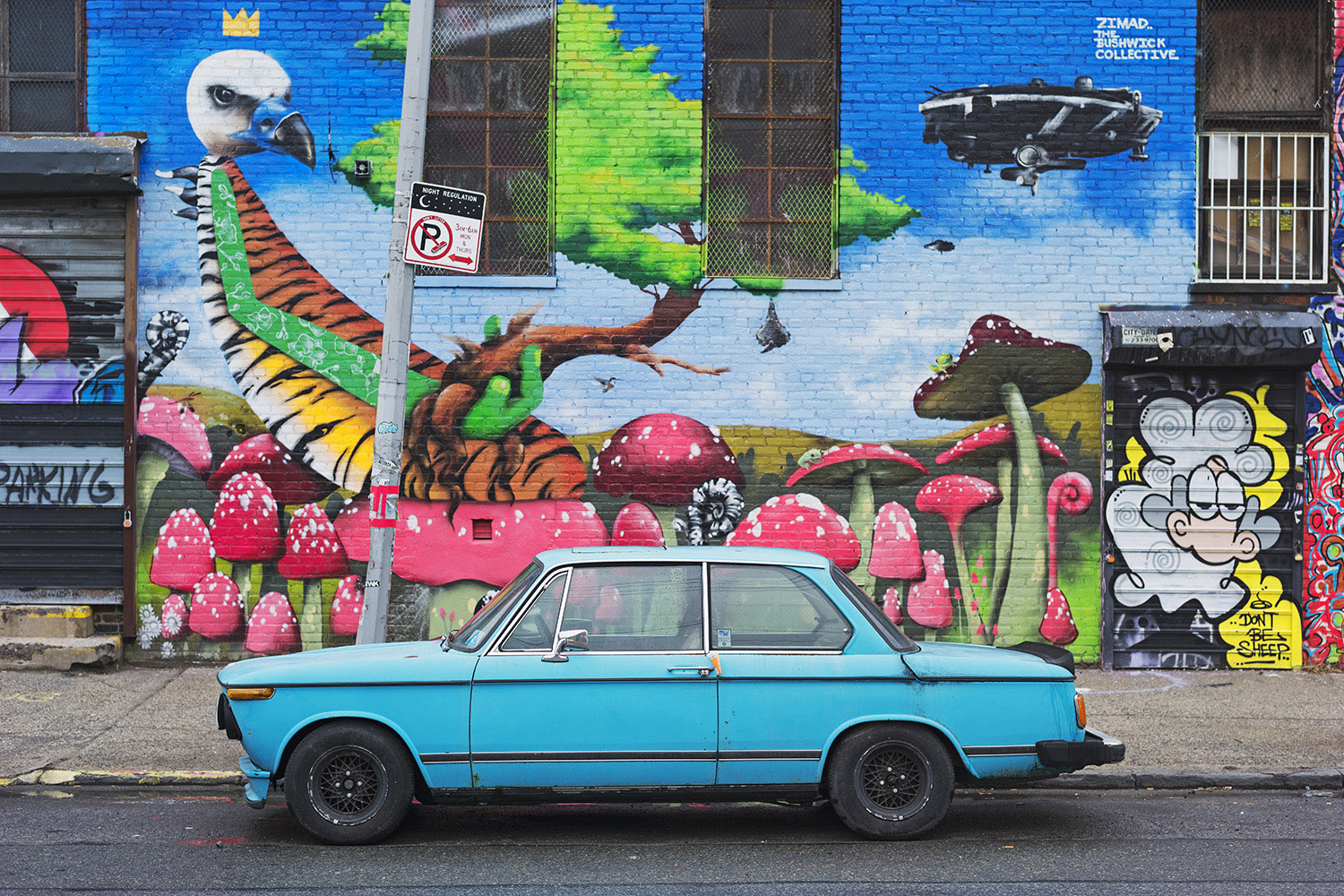 |
| Various Artists, Williamsburg, Brooklyn, March 2014 This old colorful car is almost part of the artwork |
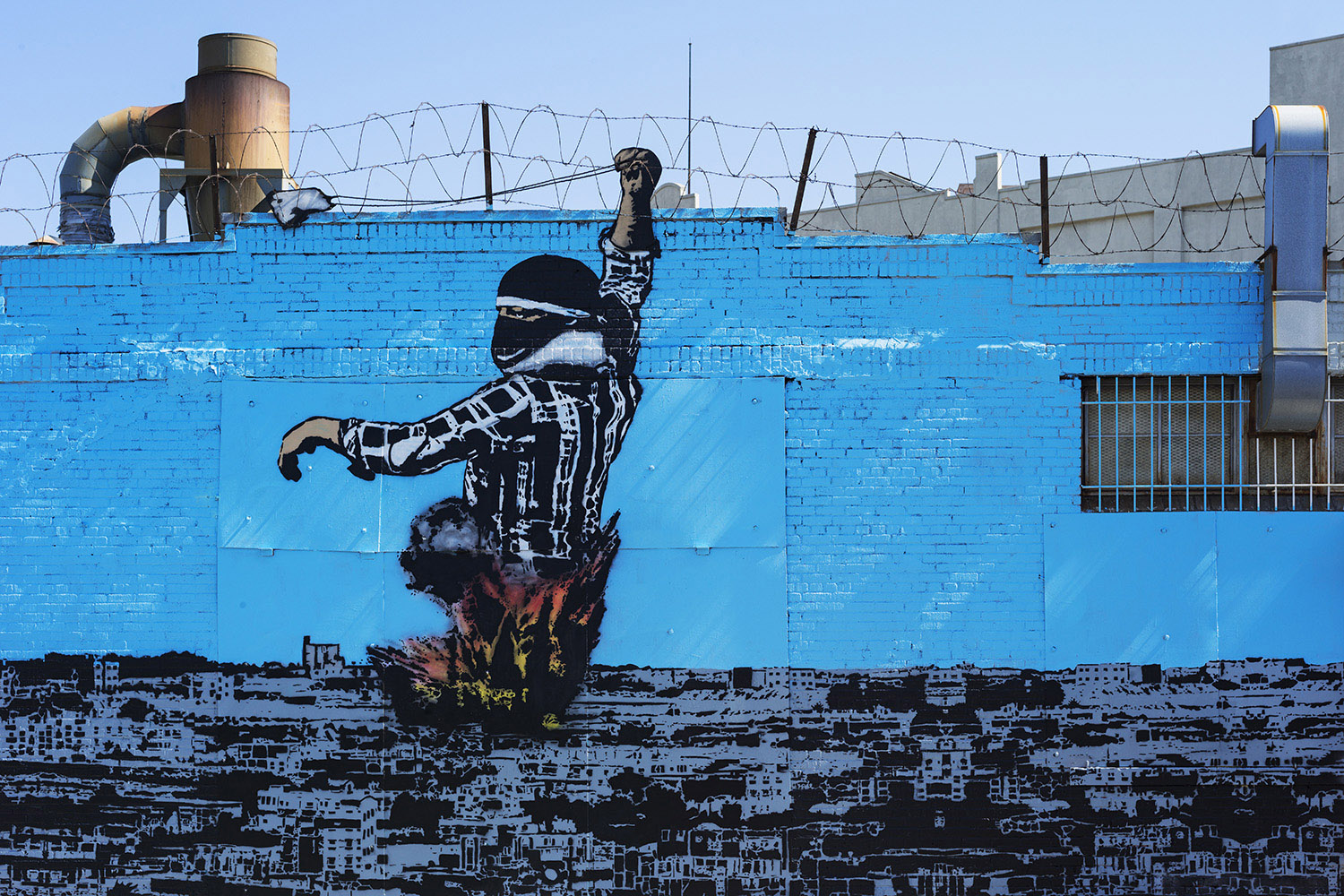 |
| Icy and Sot, Bushwick, Brooklyn, August 2014 The barbed wire from the building is part of the artwork |
Include the neighbors
In general, street art is best captured on its own, with no people in the frame. However, in some cases, passersby can add to the photo. They lend a sense of scale to big murals. Their interaction with the art can also help us see the artwork in a new way.
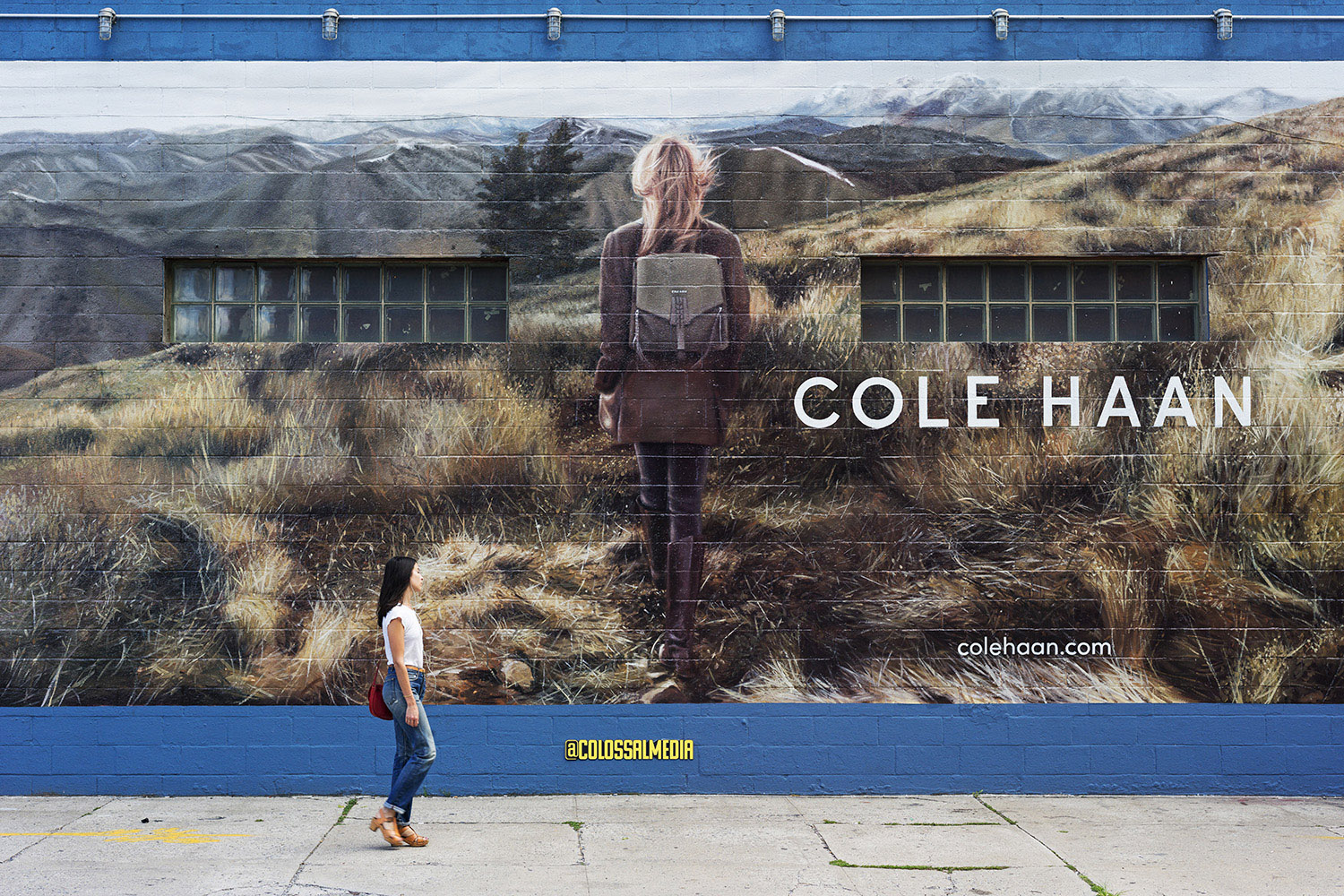 |
| Colossal Media (this is an actual ad, not really street art), Williamsburg, Brooklyn, August 2014 The woman passing by shows us the size of the mural – and helps connect it to real life. |
Use black and white
Even colorful art can be rendered more striking in black and white. Film cameras work particularly well – though you will have to make the decision to shoot in black and white in the moment. Digital cameras allow you to decide later during post-processing.
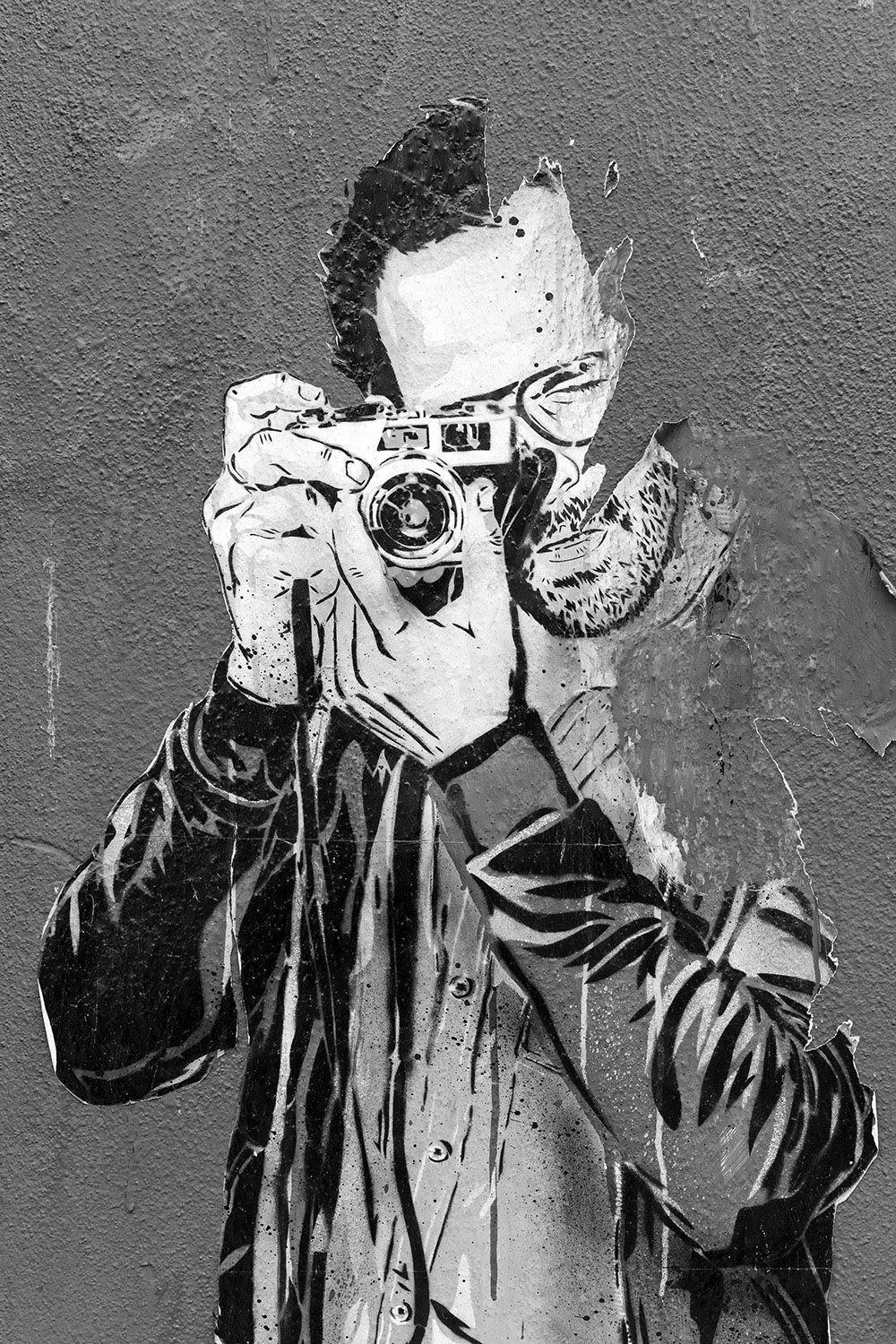 |
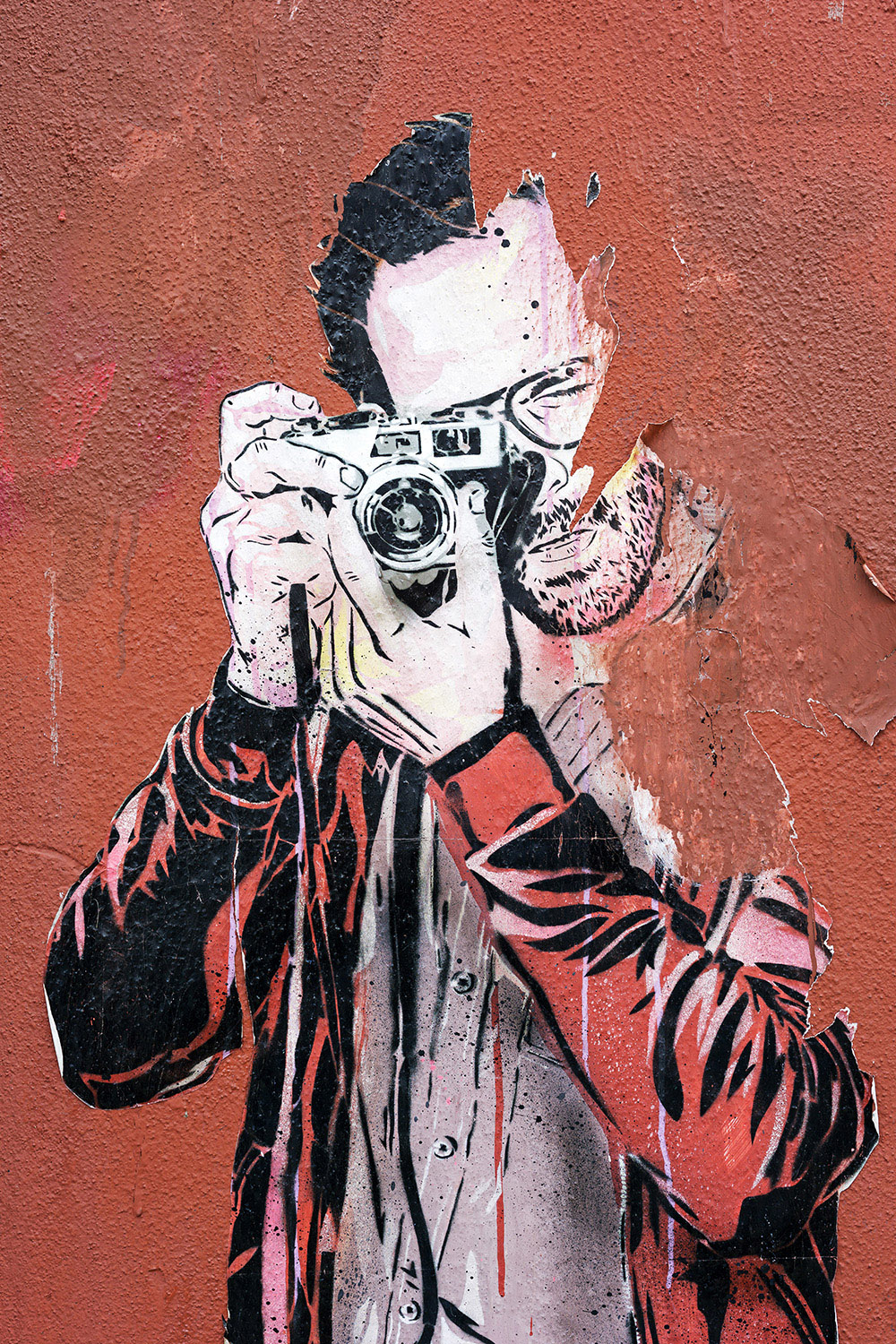 |
| Jana & JS, Bushwick, Brooklyn, July 2014 Black & White version prove a more textural view |
|
Get Closer
Some art gives photographers room to play with the composition. By isolating one detail, you bring your own vision to the piece. (It’s should be noted that not everyone endorses this technique, since it may disrupt the essence of the piece).
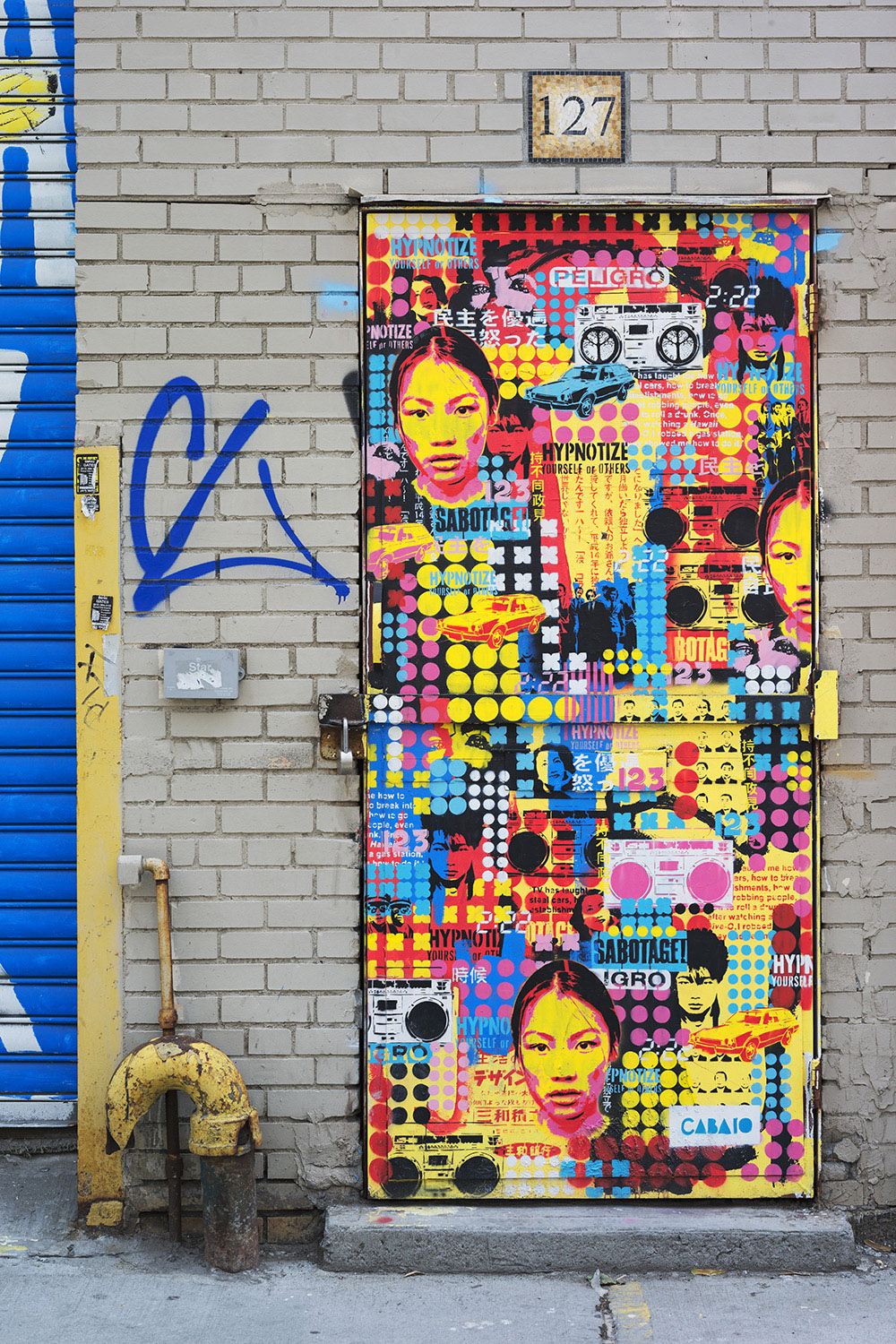 |
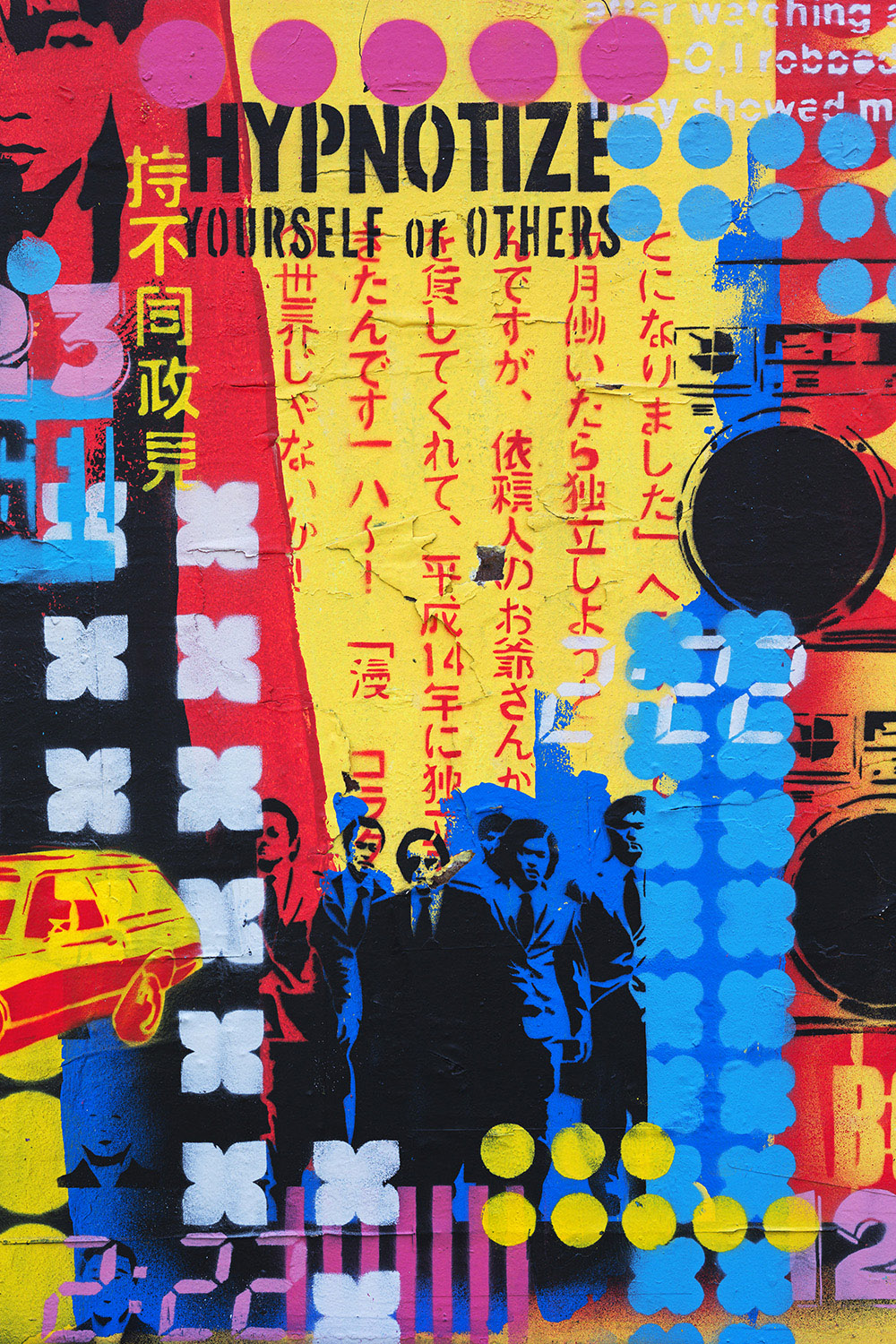 |
| Unknown Artist, Williamsburg, Brooklyn, July 2014 A close-up photograph of the larger piece provides a particularly striking view. |
|
Follow the clouds
An overcast day – particularly in the summer – is perfect for street art photography. The light is bright, but diffuse, eliminating shadows that can appear harsh on the works. The lower contrast allows for a higher dynamic range that you can use to bring out details in post-processing.
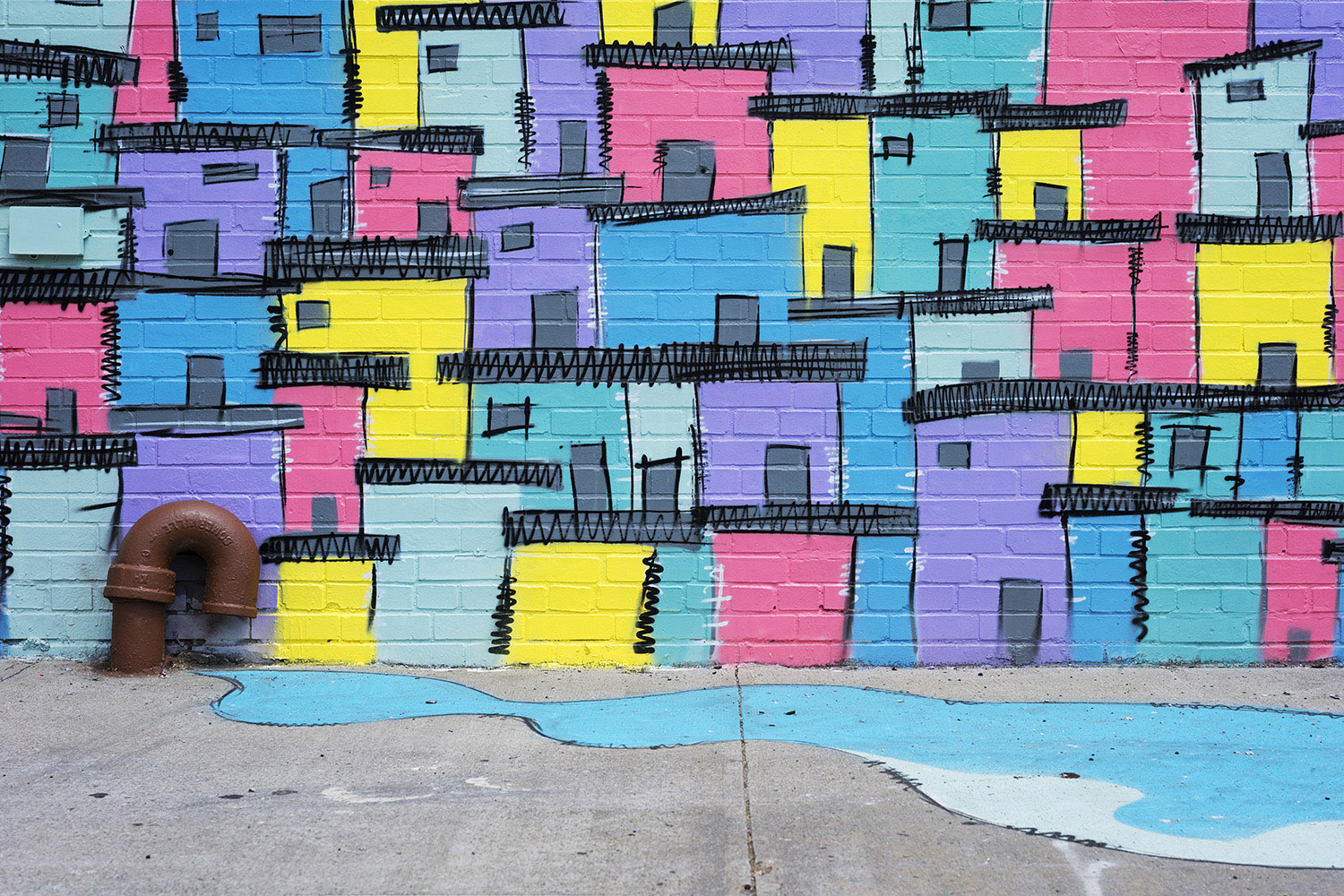 |
| Unknown Artist, Bushwick, Brooklyn, June 2014 In the absence of contrasting light and shadows, the texture of the wall adds to the artwork. |
Look Around
Our eyes are trained to spot big murals, but street art is often small, understated – or hidden in unexpected places.
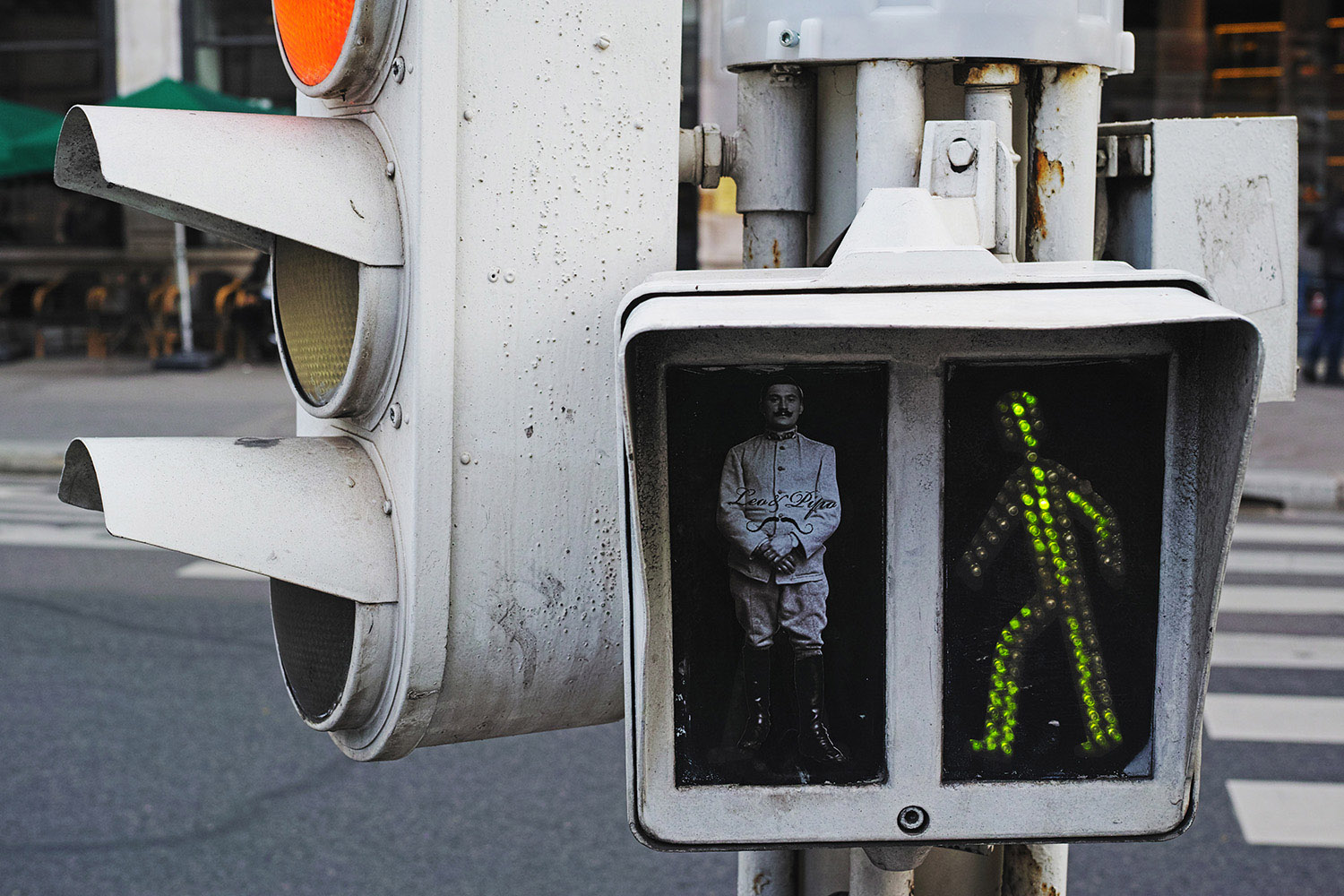 |
| Leo et Pipo, Paris, September 2015 An illustration helps guide pedestrian traffic |
Make your own frame
Including the surface around the art in your photo creates the impression the piece is framed. Painted brick walls make especially fitting edges.
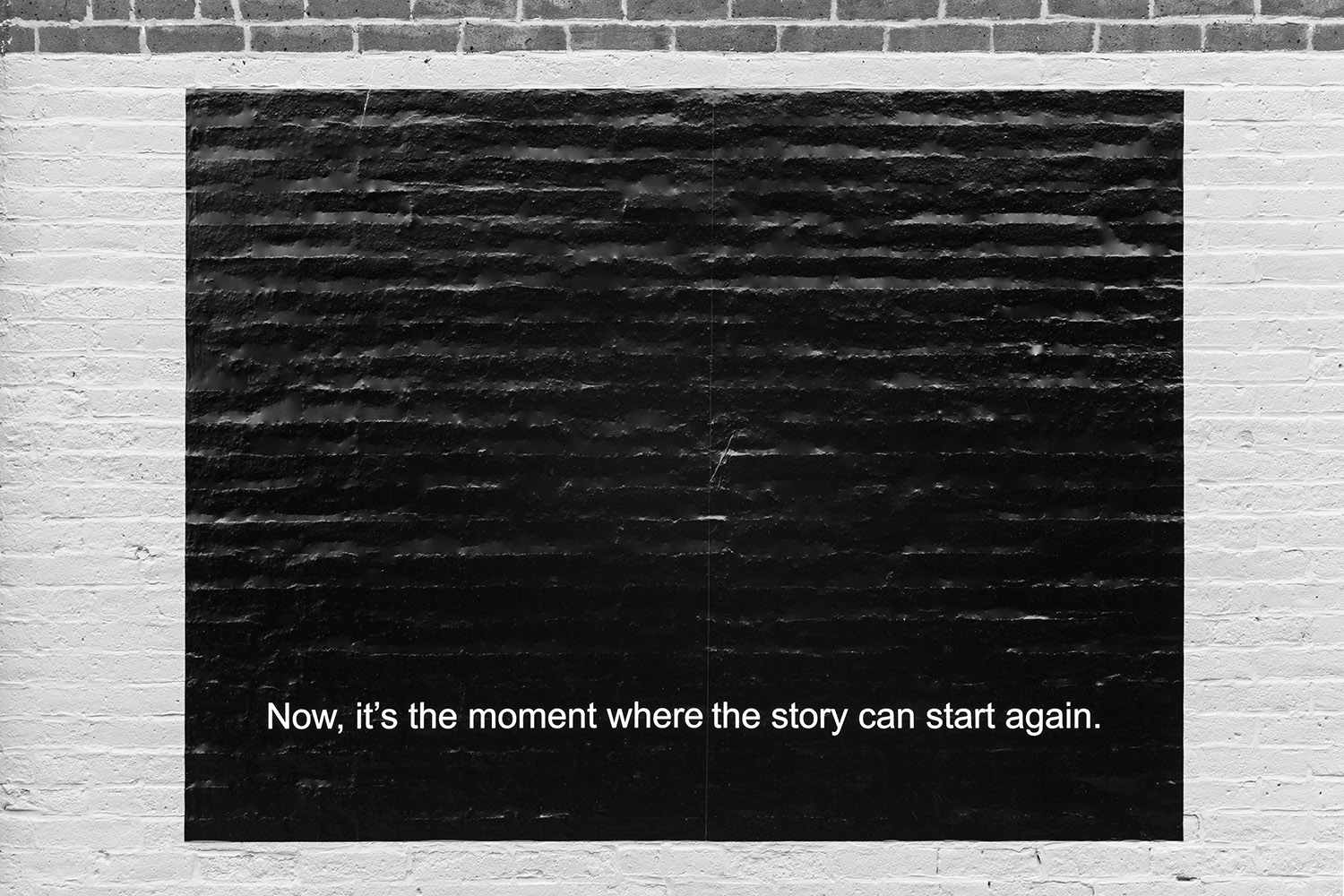 |
| Unknown Artist, Red Hook, Brooklyn, June 2015 Using the brick wall to create a frame around the artwork. |
Include the artist
If you’re lucky enough to catch a street artist in action, take the opportunity to capture the artist at the heart of the work! If there’s a moment to say hello, you can also learn more about the artist and the work.
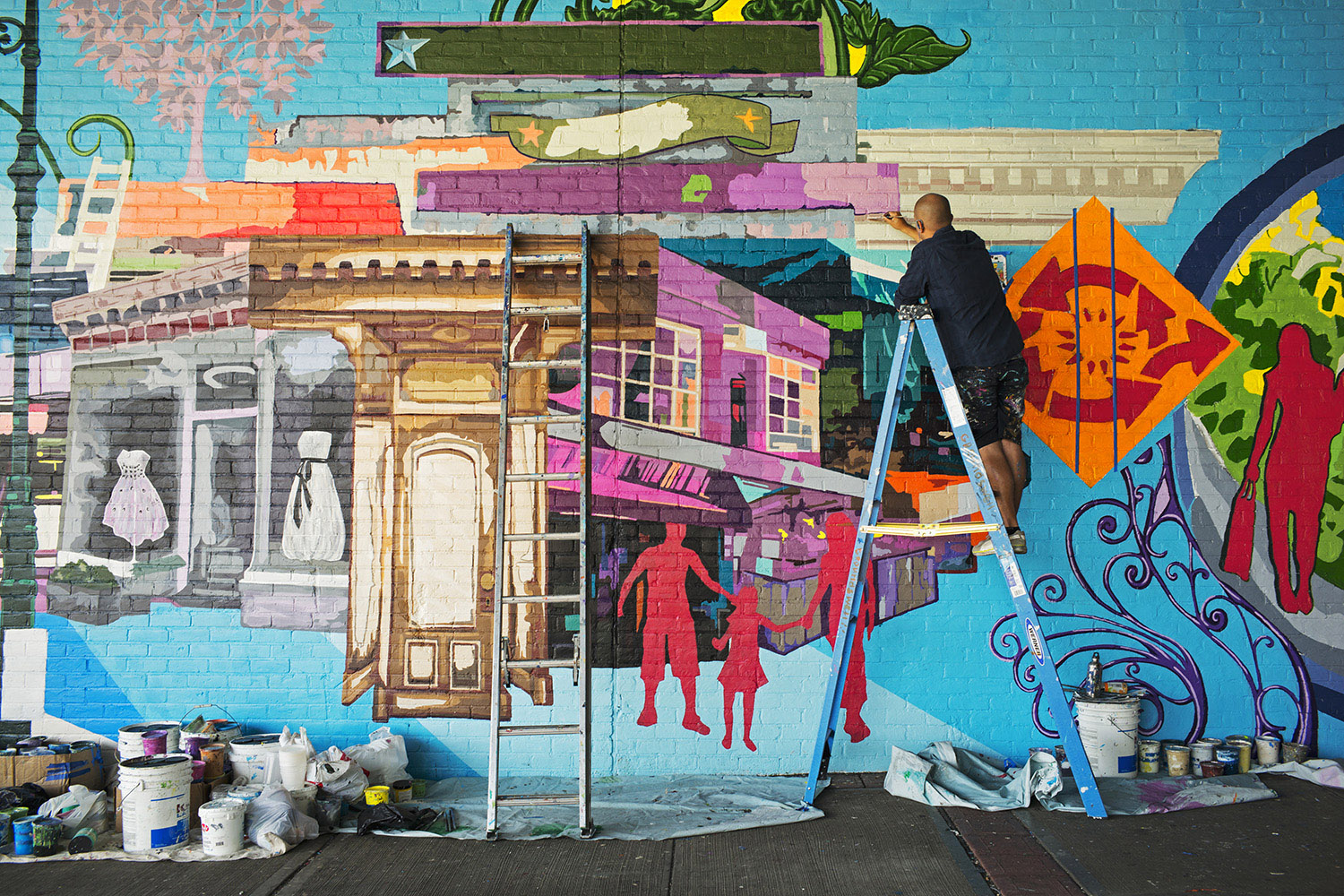 |
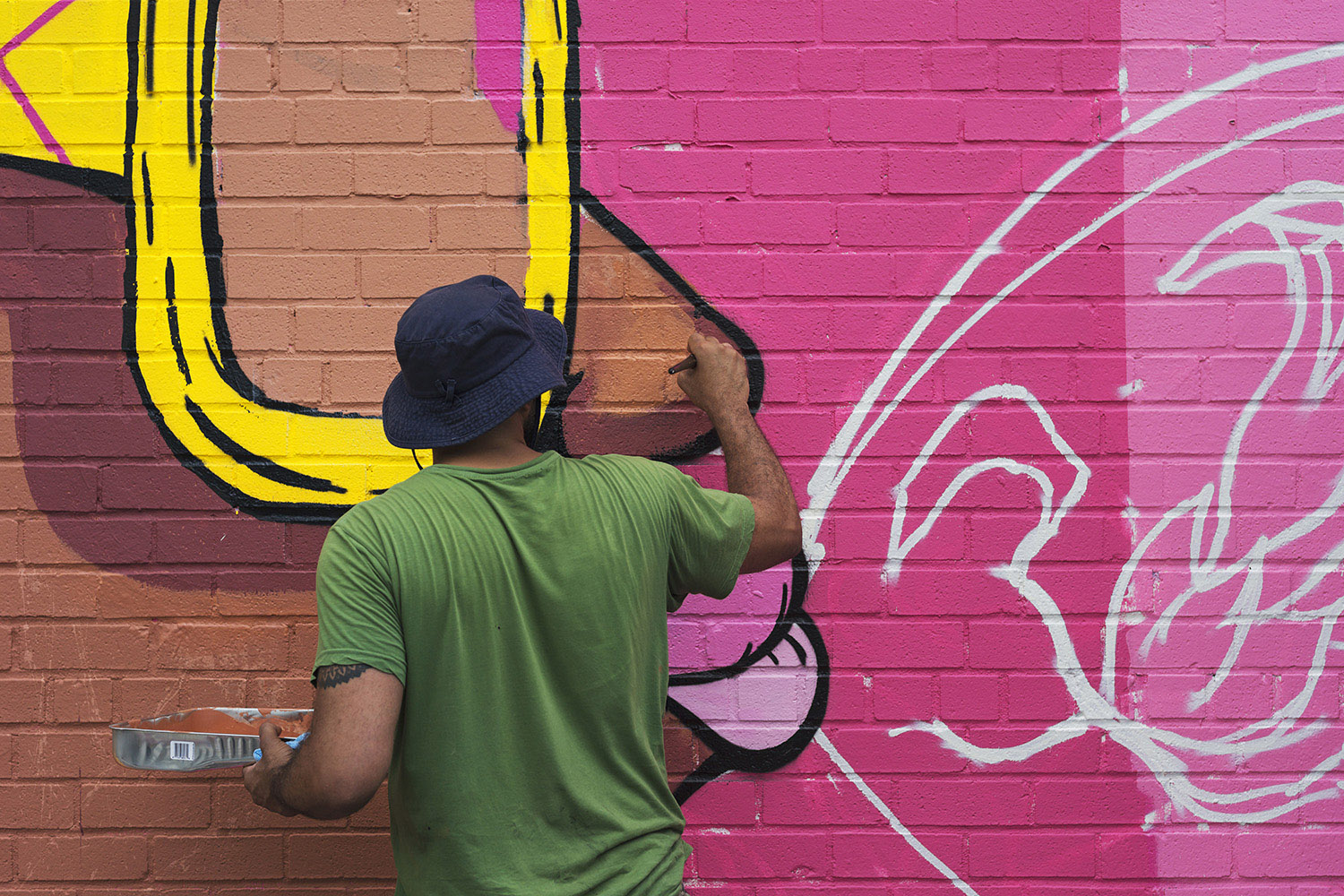 |
| Brooklyn, August 2013 | Brooklyn, July 2014 |
Take Photos
The more photos you take, the more you’ll develop your own style of bringing the artwork you love to life in your pictures. You’ll also increase your chances of capturing beautiful pieces. Street art is ephemeral; it can disappear or be altered as fast as it appeared.
So, don’t wait – take the photo while you can!
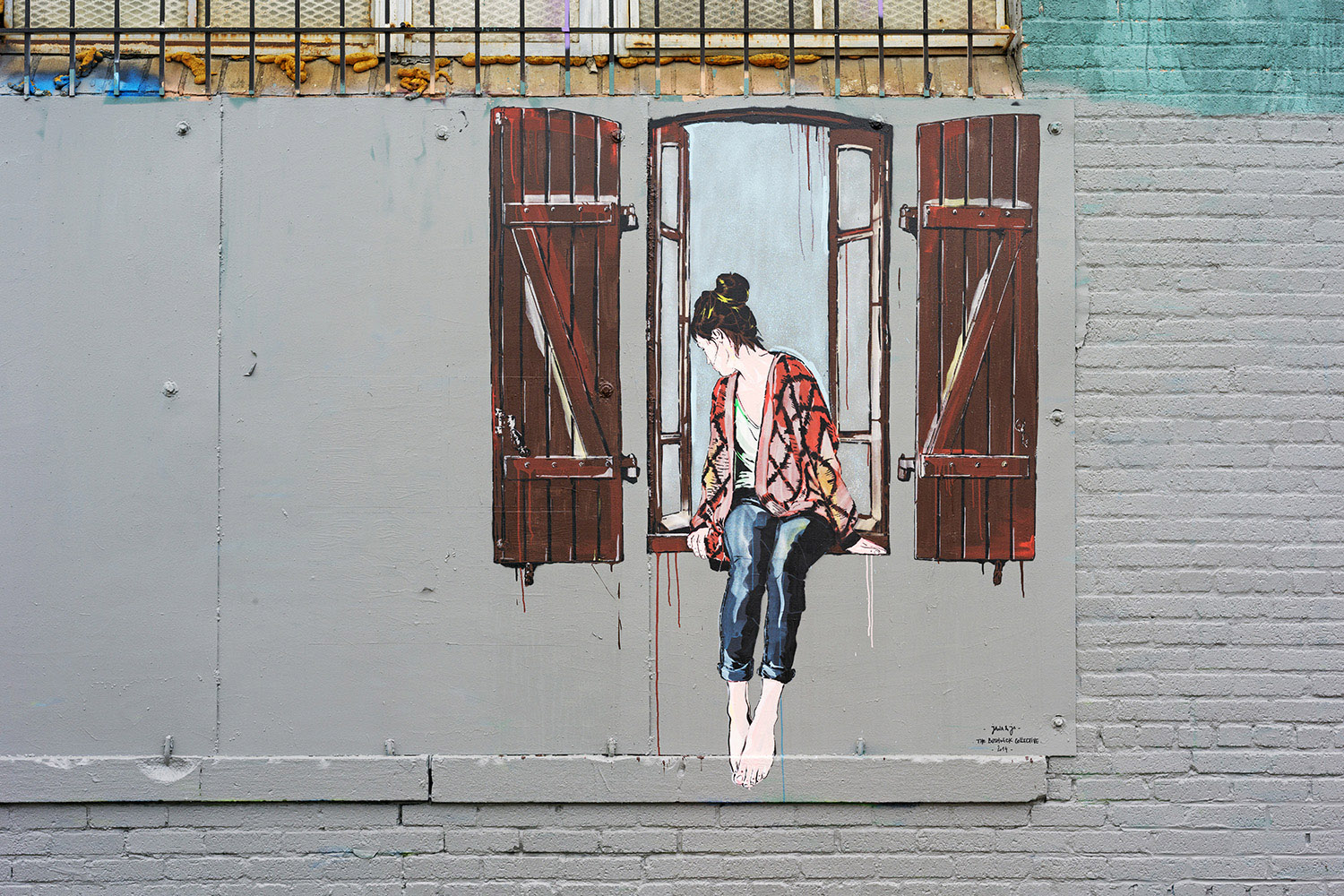 |
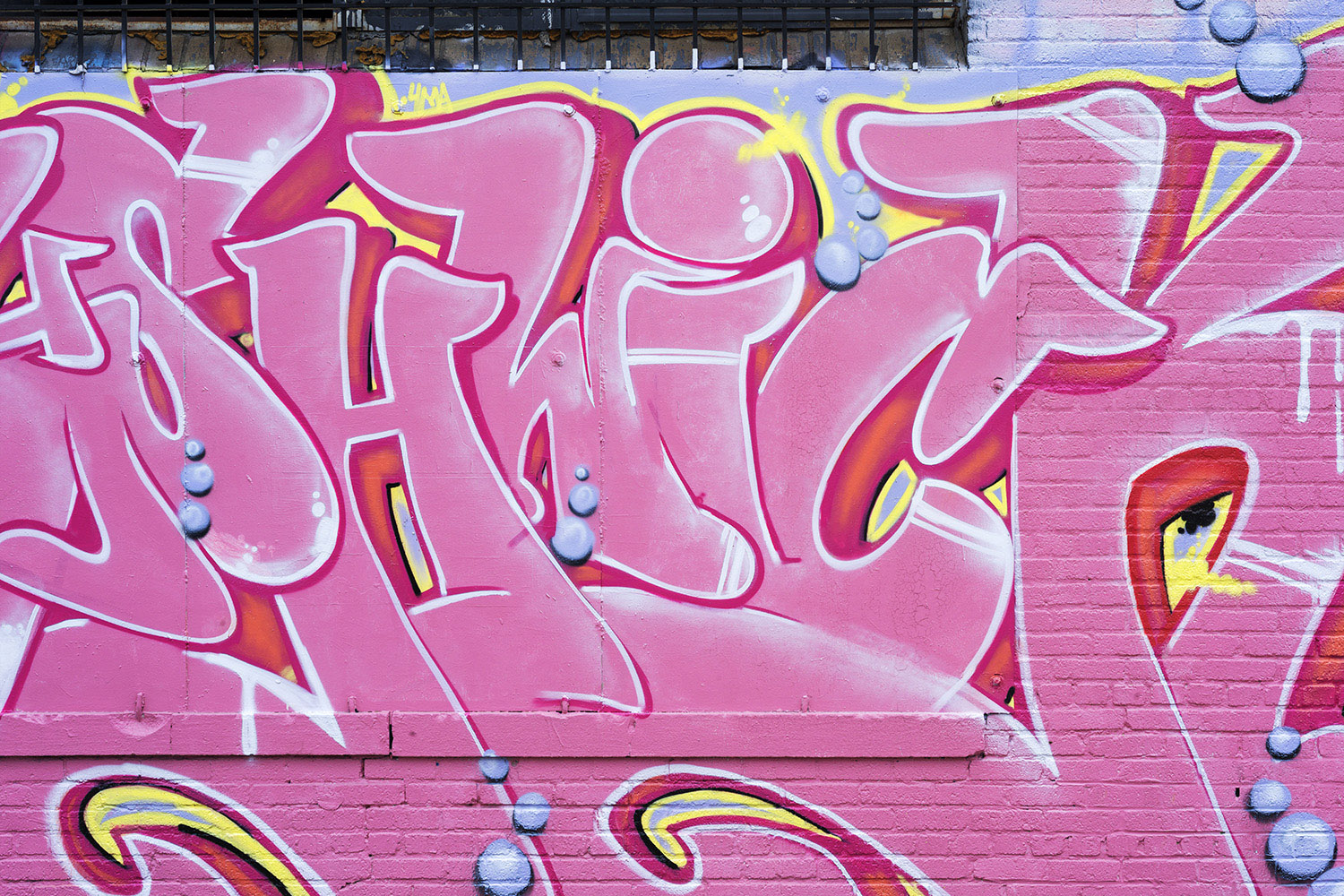 |
| Bushwick, Brooklyn, March 2014 Jana and JS |
Bushwick, Brooklyn, August 2016 Same wall, different art |
All photos in this article are from Damien Derouene.
These photographs may not be reproduced, distributed, modified or re-posted to other websites without the express written permission of the author.
